The
Phonograph and Its Future
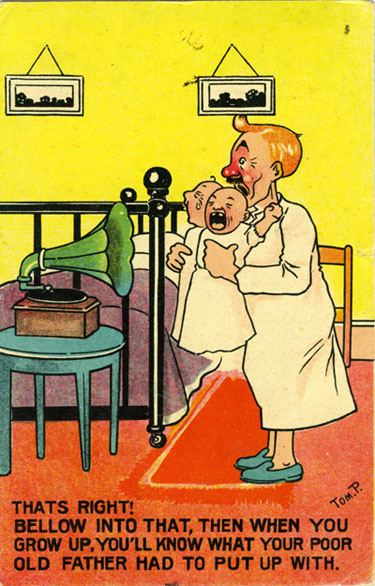
Probability:
Family Record
"Family
Record: -- For the purpose of preserving
the sayings, the voices, and the last words of the dying
member of the family -- as of great men--the phonograph will unquestionably
outrank the photograph.
An 1888 article "The
Perfected Phonograph" in Scientific American summarized
the profound impact the phonograph would have for future generations
because of its wonder of perserving the human voice.
"This century
will be memorable above others because it is that which first
preserved articulate speech for after time. All poetry, of every
age, is full of the yearning, one of the deepest in human nature,
for the voice whose gentle greeting could be heard no more, and
yet this tender sentiment will be gratified, and each elusive
tone and accent now has conferred on it a perpetuity that is not
an attribute of even the graven stone or brass."

Scientific American,
May 26, 1888
Any voice captured for
posterity could be meaningful to their descendents. But it's the
voices of poets and of "great men" that draws special
attention. Punch magazine in 1878 had already predicted poetry
being heard by the public with "fair female phonographers playing
our best poets in their own original voices!"

"A Suggestion"
by George Du Maurier, Punch, April 20, 1878.
It would be Robert Browning
in 1889 who would be the first of the "best poets" to
make a phonograph recording.
Robert Browning,
April 1889
In April 1889, only a
few months before he died, Robert Browning became the first major
literary figure to commit his voice to wax.
See "The Sound of
a Voice That is Still": Browning's Edison Cylinder by Michael
Hancher and Jerrold Moore for details about the recording and its
subsequent history. (3)
"The
Sound of a Voice That Is Still" by Dan Piepenbring provides
a related lithograph, details about the original recording, the
first anniversary of Browning's death, and a link to hear Browning's
recorded voice. (4)
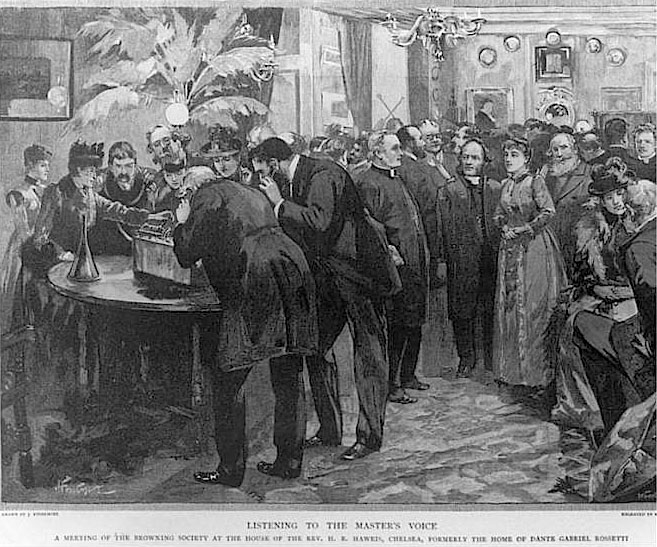
“LISTENING TO THE MASTER’S
VOICE,” Black and White, February 14, 1891 (Courtesy of The
Paris Review) (4)
The lithograph which
documents the listening to Browning's voice on December 31, 1890,
was based on the event of members of the Browning Society gathering
for the first anniversary of Browning's funeral. The Phonograph used
to listen to Browning's voice was an Edison Class M Phonograph with
five (?) listening tubes.(3)

Here's how the Browning
recording event was reported by The Phonogram p. 41, February
1891.
Alfred Lord Tennyson: In 1890,
"one of Edison's assistants" carried a phonograph all
the way to the poet's home on the Isle of Wight to capture him reading
excerpts from The Princess (1847) and "The Charge of the
Light Brigade" (1854). John Picker, author of Victorian
Soundscapes (1), writes
the following:
"Who would have imagined that
the eighty-year-old Tennyson would warm to the new technology? But
he did, and recordings preserve his thanking the assistant for showing
him( in a mock American accent) "Edison's my-rack-uhlis
invention." He arranged to keep the machine and went on to
record about a dozen poems in full or part, periodically replaying
them for himself and his guests during the last two years of his
life."
The wax cylinder recording
of Tennyson is available on-line, however, the following link goes
to a somewhat eerie animation made by Jim Clark 'showing'
and hearing Tennyson recite "The Charge of the Light Brigade."
(2)
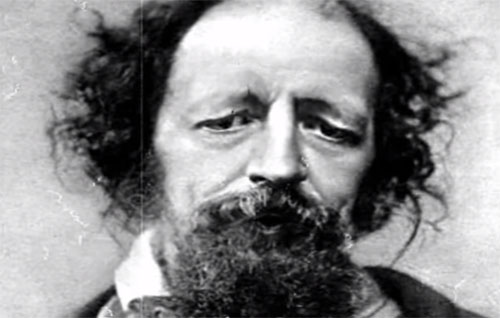
Voices of the
Dead, The Phonoscope, November 15, 1896 (listening to
Gladstone and Bismarck - "Death has lost some of its sting
since we are able to forever retain the voices of the dead."

The Phonograph Album,
The Phonogram, February 1891
"Collecting recitations
or singing from popular artists of the stage."

Ten years after his "The Phonograph
and its Future" article, Edison wrote another article titled
"The Perfected Phonograph" which updated some of his predicted
uses (all of which he said were now ready to be carried out) with
additional examples: "...what a priceless possession it would
have been to us, could we have Gen. Grant's memorable words, "Let
us have peace," inscribed on the phonograph for perpetual reproduction
in his own intonations! - The Perfected Phonograph," by Thomas
A. Edison. North American Review, No. 379, June 1888
Likewise, in the early 1890's the
phonograph industry continued to promote the value of the preservation
of words in the spirit of Edison's original prediction in 1878 when
Edison wrote regarding the family record that "the phonograph
will unquestionably outrank the photograph."

The Phonogram,
November 1892
Young Smith of the 71st
New York, killed in Spanish-American War but his voice lives on.


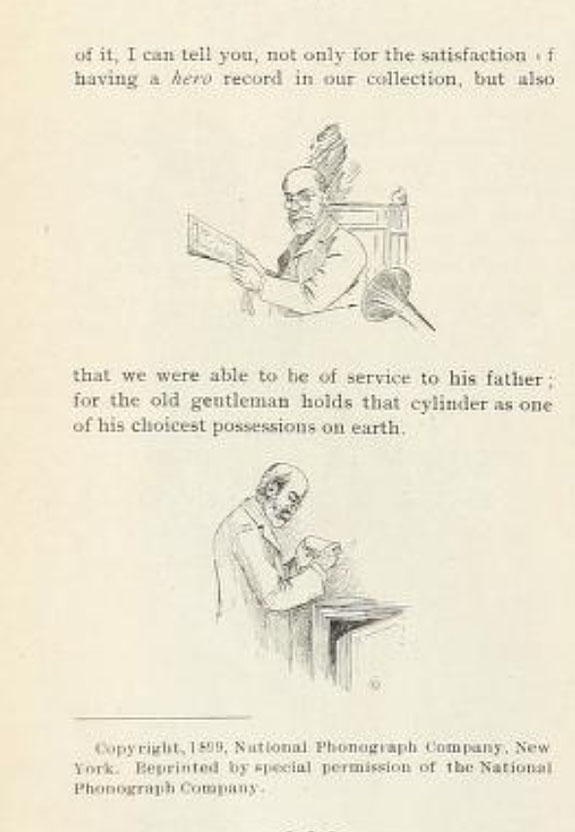
The Phonoscope, November
1899
Man sings at his own
funeral and hereafter will be heard each anniversary of his death.

The Edison Phonograph
Monthly, April 1905
Making
Your Own Record
An early advertising
theme of phonographs was its ability to record ones own voice, "make
records of the voices of your friends and reproduce them instantly."
"It repeats your voice; your friend's voice; songs sung to
it or stories told to it." "A simple machine;" "A
child can run it."

"make records
of the voices of your friends and reproduce them instantly..."
Munsey's Magazine, May 1897

"Records your
voice faithfully and reproduces it at once." Munsey's
Magazine, October 1897
Record Your Own
Song -- Your Friends' Voices.
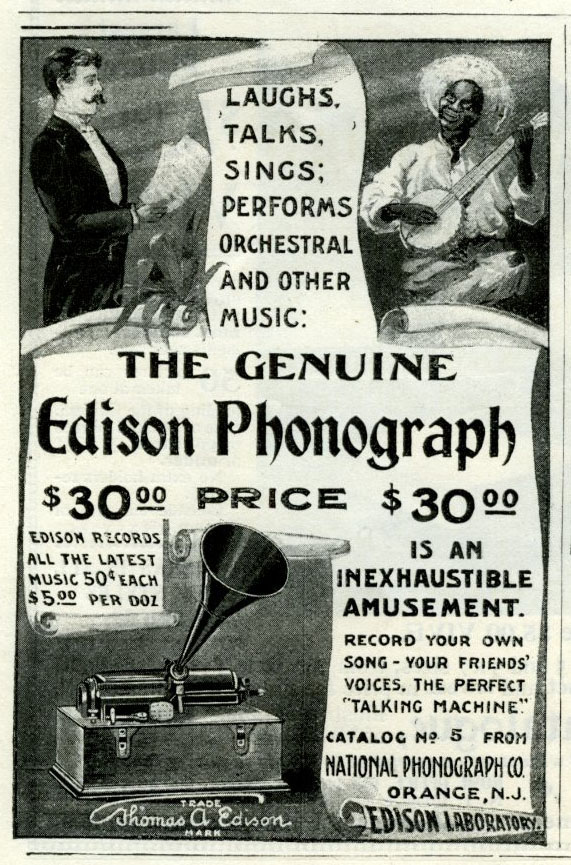
Munsey's Magazine,
1898
'it repeats your
voice; your friend's voice; songs sung to it or stories told to
it."
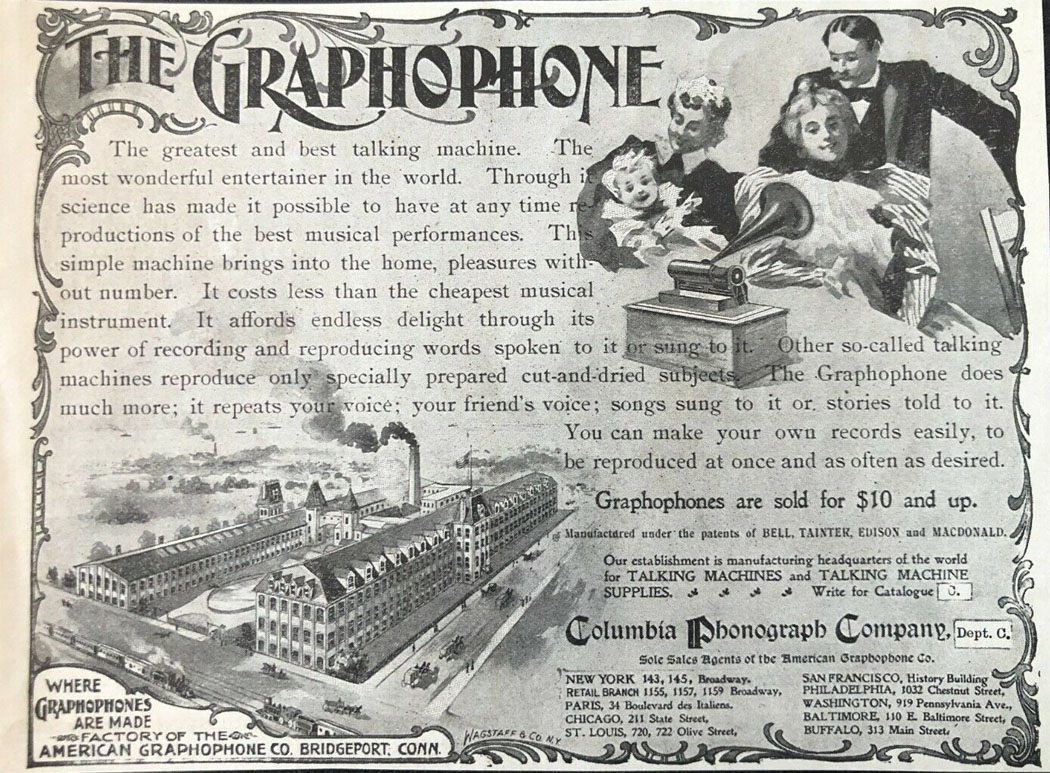
The Graphophone - Columbia
Phonograph Company, c.1900
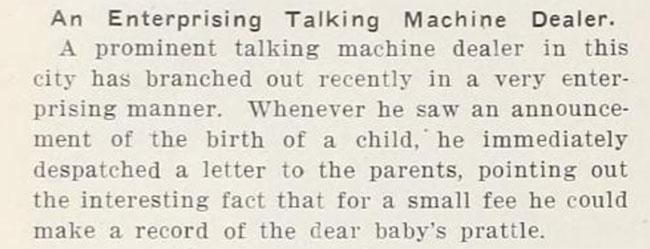
"Make a record
of the dear baby's prattle." The Talking Machine World,
October, 1908
An article in the September
1921 issue of Photoplay ("The World's Leading Moving
Picture Magazine") reported George Clemenceau "has refused
to have his voice perpetuated on the phonograph." Because of
this it is being discussed that a law may be passed in France that
such recordings be 'compulsory' "for every significant national
character to send his voice down the ages..."
Compulsory Immortality
- Although the law may not be passed it was noted that the future
will probably be one of pictorial histories and voices captured
for the ages.

Photoplay, September
1921.
Family Record.
- "For the purpose of preserving the sayings, the
voices...of the family."
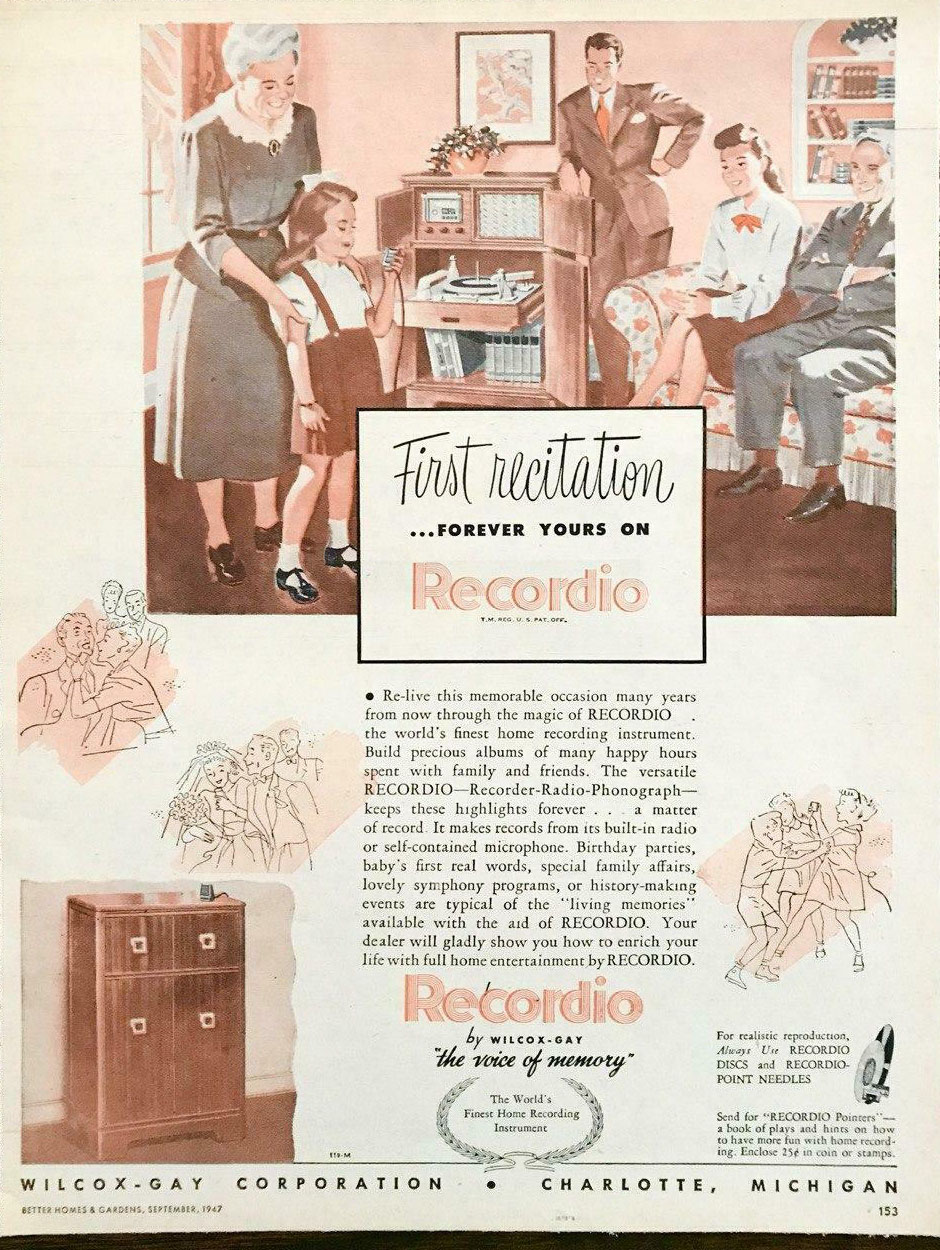
Recordio by Wilcox-Gay
"The voice of memory" Better Homes & Gardens,
September 1947

Recordio by Wilcox-Gay
"cherished hours...forever yours" Better Homes &
Gardens, May 1946

Recordio by Wilcox-Gay
"Christmas lives forever in the hearts of children" 1947
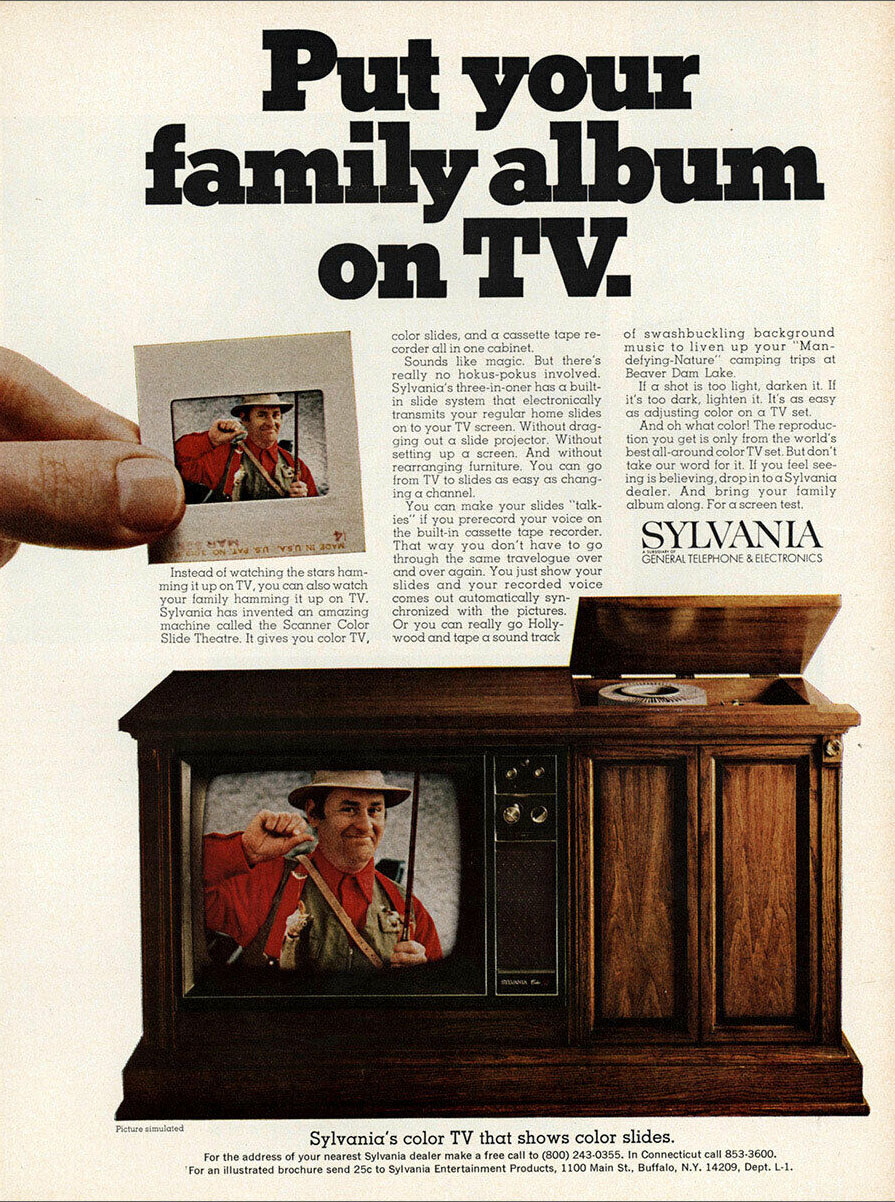
Put your family album on TV and "make
your slides talkies if you prerecord your voice on the built-in
cassette tape recorder." Sounds like magic but no hokus-pokus
involved. Sylvania, 1968 ad


"Laughs. Talks. Sings...an
inexhaustible amusement." Edison Phonograph, Munsey's,1898
"giggles and chuckles. And
a whole lot of other good time sounds. It is girl talk and whispers."
Sony tape recorders, Life, 1969
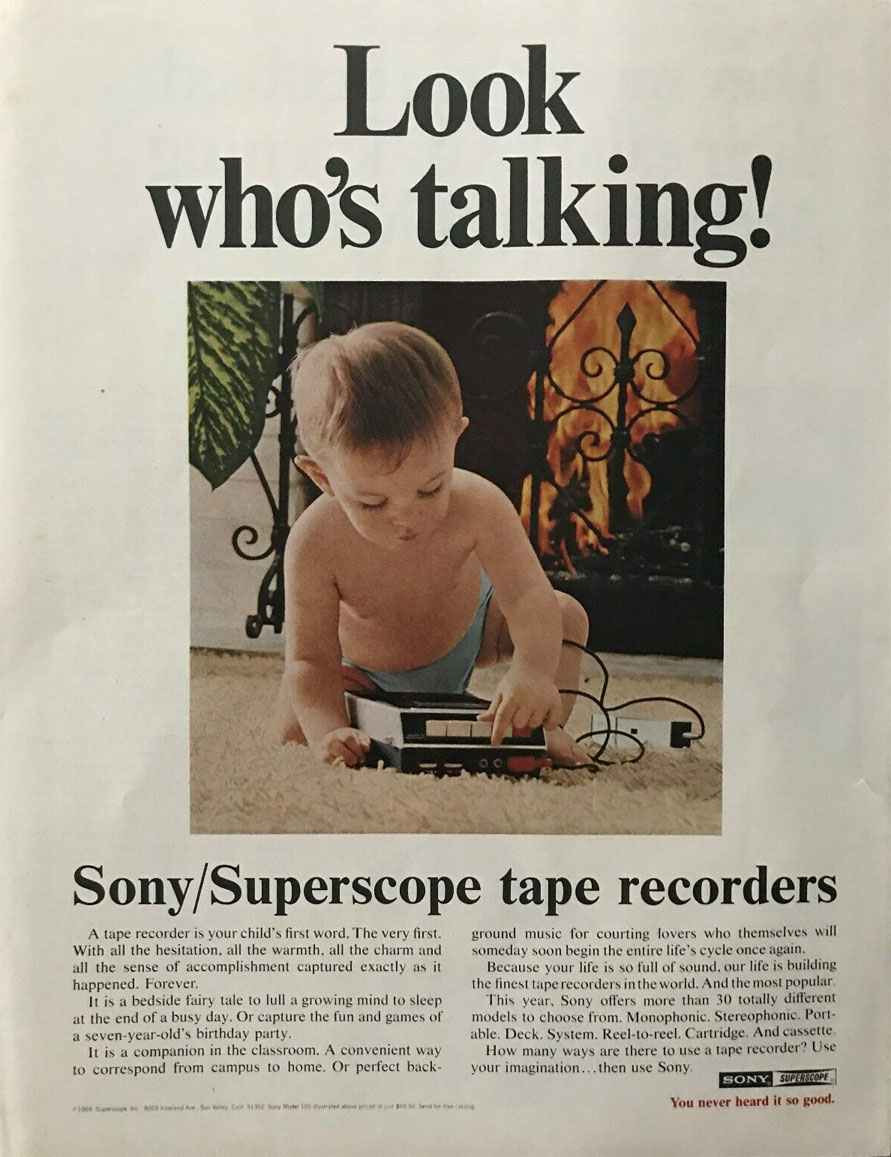
"...your child's first word.
The very first...Forever." Sony tape recorders, Life,
1969
"FAMILY RECORD...for
the purpose of preserving..."
"The Family Scrapbook
of the eighties!" --The VCR

Garry Trudeau, 1982
"FAMILY RECORD...for the purpose of preserving..."
"The Family Scrapbook of the
21st Century!" --The Smartphone and Selfies 2013 - I
Forgot My Phone
Watch this 2 minute video and think
about the cultural impact of recording sound and the smartphone's
connection to the Phonograph as a preserver of sound and
the moment





 Published
on Aug 22, 2013 Published
on Aug 22, 2013
Written by/Starring Charlene
deGuzman, Directed by Miles Crawford

Phonographia
|
































